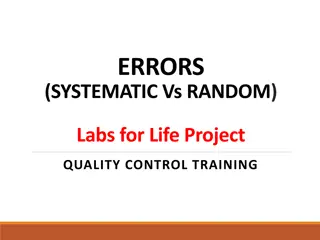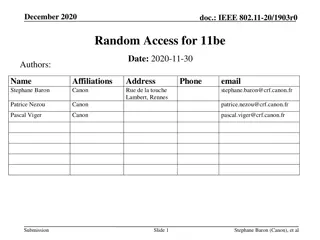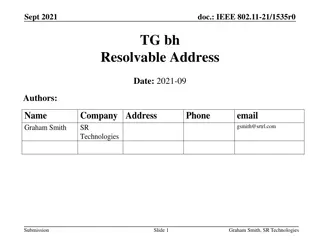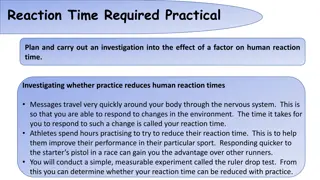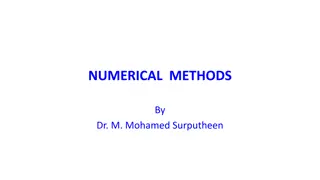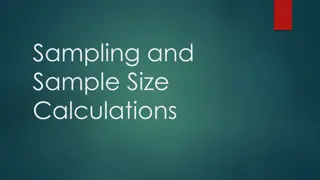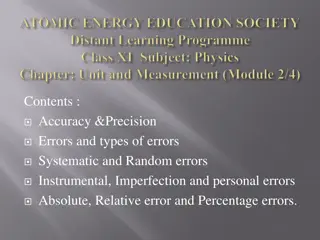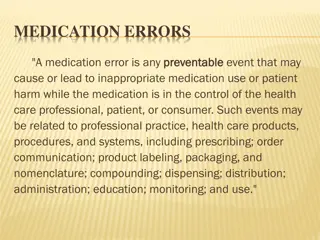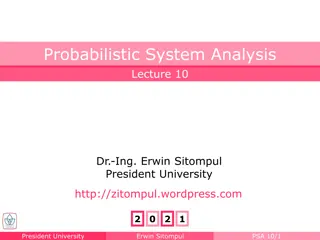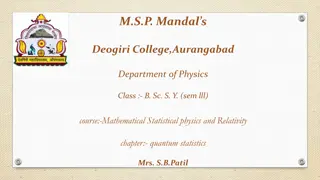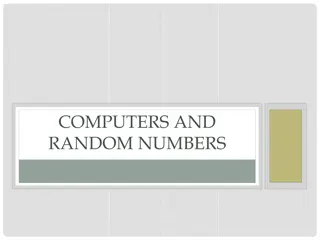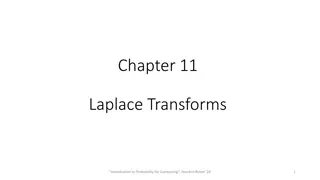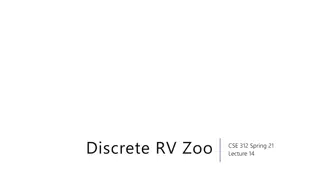Random vs. Systematic Errors in Statistics Through a Ruler Activity
Engage students in a hands-on activity using paper rulers to differentiate between random and systematic errors in measurements. By measuring objects and analyzing errors, students learn how randomness and consistency impact data reliability.
Download Presentation

Please find below an Image/Link to download the presentation.
The content on the website is provided AS IS for your information and personal use only. It may not be sold, licensed, or shared on other websites without obtaining consent from the author.If you encounter any issues during the download, it is possible that the publisher has removed the file from their server.
You are allowed to download the files provided on this website for personal or commercial use, subject to the condition that they are used lawfully. All files are the property of their respective owners.
The content on the website is provided AS IS for your information and personal use only. It may not be sold, licensed, or shared on other websites without obtaining consent from the author.
E N D
Presentation Transcript
Using a Paper Ruler Activity to Help Students Understand the Difference Between Random and Systematic Errors By Jamis J. Perrett, Ph.D. Department of Statistics
The Objectives Help students learn the difference between random and systematic errors. Engage students in an activity involving statistics. Focus on concepts. Give students a concrete application of statistics that they can associate with the topic being studied.
Types of Error Random Error: Expected/Normal/Real-life Happens by chance Effect can be reduced by caution and averages of repeated measurements Systematic Error: Consistent errors caused by an inaccuracy in the measurement instrument or some other aspect of the measurement process Can be removed by correcting the problem in the process that is causing the error
Types of Error Examples: How much do you weigh? Subtle movements while standing on a scale can cause slightly inaccurate measurements. A scale that is always off by +5 lbs. is always giving inaccurate measurements. What is the actual length of the football field? Using a 25 foot tape measure to measure the length of a football field will not always result in an exact measurement. A tape measure that had numbers and scales inaccurately printed will consistently give inaccurate measurements. Potato Chip bags have weights pre-printed. So, a bag that indicates 12oz. Had that weight printed before the actual chips were weighed. What random errors could affect the weight of a bag of potato chips? What systematic errors could effect the weight of a bag of potato chips?
Ruler Activity Measure the length of your desk (front to back) three times each, using the two paper rulers (to the nearest 1/16thof an inch). One ruler is accurate. One is not. Systematic error? Random error?
Students working on the activity.
More students working on the activity.
Post-activity Debriefing What might cause multiple measurements using the same ruler to differ? What might cause measurements of the same object with different instruments to differ?
In Conclusion The activity gets students engaged. shows students the difference. provides students with a concrete application that they can associate with the topic. focuses on the concept. can be used with classes of any size. does not require additional materials.
Questions? Comments?


